You know that exhilarating rush when a guitarist reaches for the pick, makes that first strum, and the air around you vibrates with sound – sometimes steady and warm, sometimes shrill and jangly. Now, imagine that sound doubled, its dimensions expanded to encompass a whole new experience. That was my introduction to the 12-string guitar, a magical moment that shook the very foundation of my understanding of guitar music.
As someone who has been immersed in the world of guitar music for years, I’m excited to guide you through this sonic journey, a comparison of the juxtaposed beauties of the 12-string guitars and their 6-string counterparts. My experiences, rooted in both performance and teaching, will provide a unique perspective on the difference between 12-string and 6-string guitars.
There’s a familiar beauty in the six chords of the 6-string guitar. It’s like a close-knit family where each member has a distinct personality, but together they create music that is the very backbone of our popular culture. On the other hand, the 12-string guitar, with its double course of strings, is like a symphony in your hands. Every chord, every note is a sensory feast, adding an extra layer of richness to your music.
My journey from the conventional 6-string guitar to the vast world of the 12-string guitar didn’t happen overnight. It was ignited by a single note and led to a complete transformation of how I viewed the guitar’s role in music.
Now, I want to take you on the same exploration. We’ll delve into the tonal qualities, playability, maintenance and versatility of the two types of guitars and perhaps, just perhaps, by the end, you too will discover a whole new world in the realm of guitar music.
Sound and Tonal Qualities
Sound of 12-String Guitars
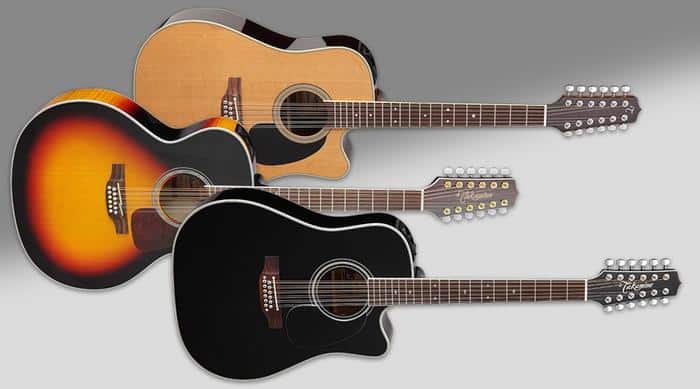
Turning our attention to the 12-string guitar, the first thing I recall from my early experiences is that distinctive, fuller sound. Playing a range of 12-string guitar songs, I discovered an immersive soundscape, akin to two guitars being played simultaneously; a characteristic derived from its additional strings.
Essentially, each normal string on acoustic guitars has a corresponding octave string, except for two highest strings which are tuned in unison. This dual harmonic and rhythmic layering gives the 12-string guitar its unique chorale quality, adding depth and richness to the music, whether it be a ballad, rock anthem, or a folk tune.
When you strum chords on the electric 12-string guitar, the result is a vibrant jangle, significantly boosting the ambience of any song. If single notes or melodic lines are played, they sing out with a chime that adds a musicality not attainable with a standard 6-string. The twelve strings, vibrating in close proximity, create a natural chorus effect, making the guitar’s sound appear ‘larger’, escalating its impact in a band setting.
But this distinct personality does not make 12-string guitars superior, rather it underlines how they bring in a different playing canvas. The juxtaposition of sounds between 12-string and 6-string guitars can revolutionize your music, marking a whole new chapter of exploration. Through analyzing and comparing these intriguing tonal qualities, we can appreciate their individual characteristics more deeply.
So, let’s delve further into the sonic identity of the archetypal 6-string guitar, and see how it contrasts and complements its 12-string counterpart.
Sound of 6-String Guitars
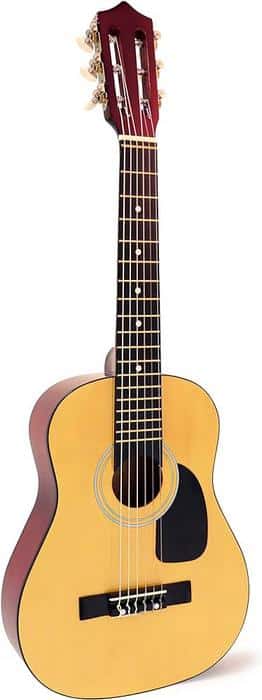
Steering our musical journey towards the 6-string guitar, the sound and tonal quality of these instruments significantly influences the music they produce. As a seasoned guitarist, the sheer flexibility of 6-string guitar finger picking often leaves me astounded. The nimble nature of my fingers running over the fretboard, the innocence of the pluck, and the resonance of the cords, all paint a beautiful sonic picture.
The exquisiteness of the 6-string guitar is rooted in the versatility of its sound. Its unique tonal qualities have a broad range, offering everything from delicate, mellow notes to powerful, rich chords that can hold a performance together. This rich diversity in sound production is remarkably suited for both intimate acoustic sessions and electrifying live performances. Every time I strum my 6-string guitar, I feel a personal connection, as if the instrument and I are having an engaging conversation.
The beauty of the guitar world is in its variety. While the radiant strums of the 12-string guitar have their place, the purity, control, and adaptability offered by the 6-string make it my go-to for most occasions. The unique timbre of a 6-string – enabled by its unparalleled ability for fingerpicking – has a depth that shines through in performances, making it a favourite amongst musicians internationally.
As we transition into the practicalities of playing a 6-string versus a 12-string guitar, let’s remember that both these versions command an irreplaceable spot under the music spotlight. It’s the understanding and relevance of their sound in relation to playing style and musical genre that will ultimately guide your choice.
Playability
Playing a 12-String Guitar
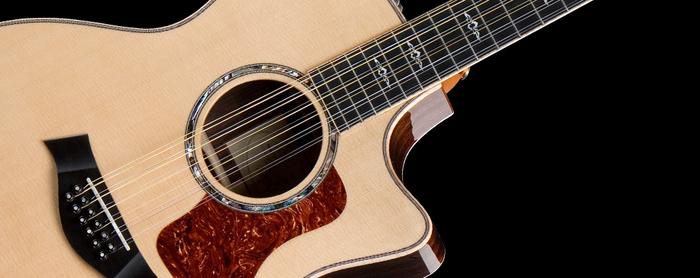
Taking up a 12-string guitar for the first time was undeniably a fresh challenge. Suddenly, I was met with a field of strings, double the usual count, each with its own function and resonance. Finger placement for 12-string guitar chords felt unusual at first, owing to the instrument’s unique string arrangement.
The web of strings also introduced a new dimension to the art of string guitar tuning. It demands a more refined ear to balance and harmonize the additional undertones of the 12-string guitar, and the meticulous accuracy required can be quite daunting. Yet, once mastered, it opens up a world of richer harmonic possibilities.
This complexity, whilst initially unsettling, adds a delightful nuance to your music. The 12-string guitar’s complexity rewards the patient musician with a glorious symphony of expansive sound. This unique feature imparts an unmistakable texture to your music that traditional six-string guitars simply can’t achieve.
So, although the initial hurdle might seem steep, remember that with practice comes proficiency. The gradual shift to comfortable strumming and plucking is highly rewarding and personally transformative. The 12-string guitar opens a new chapter in your musical journey, imbuing your expression with richness and depth.
As we move forward to discuss the playability of the 6-string guitar, it’s evident how these two instruments, though similar in some aspects, offer significantly different experiences. Embrace both, and your musical horizons will only expand.
Playing a 6-String Guitar
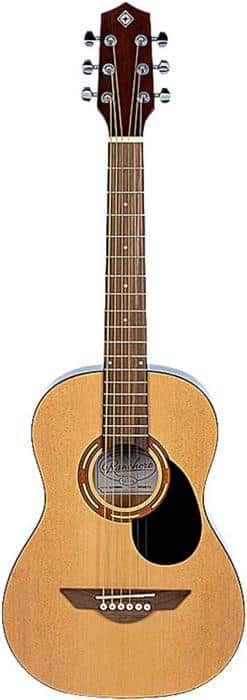
Transitioning from the substantial physique of 12-string guitars, the ease of 6-string guitar usage comes as a refreshing relief. This simplification, however, in no way diminishes the rich musical experience. On the contrary, the versatility enabled by this instrument has made it a universal favorite, a joy I’ve personally relished in multiple musical contexts.
Undeniably, playability is exponentially enhanced with a 6-string guitar. The lighter build decreases strain on your fingers, and the fewer strings facilitate quicker chord changes and smoother solos. As a passionate guitarist, the swift adaptability this instrument offers has allowed me to experiment with various genres. From strumming the vibrant chords of rock music to the rhythmic fingerpicking in folk tunes, the 6-string guitar has been my faithful companion.
This guitar’s fluidity also extends to tones and techniques – with the liberty of bending and sliding across the fretboard, I’ve been able to add personal flares to my musical expressions. The less complicated tuning process further contributes to a seamless, pleasant playability experience, making the 6-string guitar an excellent starting point for beginners while also remaining a staple for professional musicians.
In conclusion, the 6-string guitar is a gift that keeps on giving – its playability and the creative freedom it lends have been invaluable. The journey thus far has taught me that while a 6-string may not offer the rich, chorus-like sound of a 12-string guitar, its user-friendliness and versatility more than compensate for it.
Maintenance and Versatility

Through my years of experience, I’ve learned to appreciate the individual intricacies of maintaining both 6-string and 12-string guitars. Their composition and structure pose a different set of challenges and rewards that is tailored to their unique design.
Let’s first delve into the realm of 12-string guitar maintenance. From the surface, it may seem daunting. After all, twice as many strings mean twice the work, yes? Not entirely. In reality, owning a 12-string guitar doesn’t necessarily entail excessive tuning or re-stringing to keep it in top shape. Certainly, the initial stringing, and tuning, can be a protracted process – there are simply more strings to handle – but the results of this careful patience are an other-worldly resonance that is distinctive of the 12-string guitar.
Ever been intrigued by the maintenance processes involved in keeping guitars in peak performance shape? As a professional who has navigated both terrains, I can affirm that while 12-string guitars may demand a little more time in the fine-tuning department, their captivating tonal intricacy makes it worth every second.
Now turning our attention to the 6-string guitar versatility, we observe a distinct contrast. The 6-string guitar, due to its streamlined guitar string arrangement, is simpler to maintain. Here, routine upkeep grants more room for versatility in playability. Its flexibility extends beyond genres and styles, affording a wide spectrum from delicate fingerpicking tones to robust, resonant strums. This maintenance-to-versatility ratio allows the 6-string to adapt seamlessly to various musical contexts, reinforcing its status as a universal favorite among musicians.
However, no matter the guitar type, there are certain key maintenance practices that remain constant, such as regular cleaning, keeping your guitar in a climate-controlled environment, and thorough checks for potential issues in the bridge or fingerboards. These basics go a long way in preserving your guitar’s lifespan and sound quality.
In essence, the 12-string guitar, with its harmonic richness, may require a bit more care in maintenance, but offers a distinctive sound scape that’s deeply satisfying. The 6-string guitar, on the other hand, is easier to maintain and offers a versatility that broadens a guitarist’s musical range immeasurably.
To effectively strike a balance between maintenance and versatility, one needs to understand their unique relationship specific to each type of guitar. Remember, the end goal is to keep your instrument in excellent condition, while equally embracing the spectrum of sounds and styles it can provide. And that, seasoned guitarists and eager newcomers alike, is the beautiful equilibrium we work to achieve in our musical journey.
As we move on to the enticing query of ‘Choosing the Right Guitar’ in the next section, bear in mind that the beauty of our craft lies in these intricate details, which we have the privilege to learn, master and share.
Choosing the Right Guitar
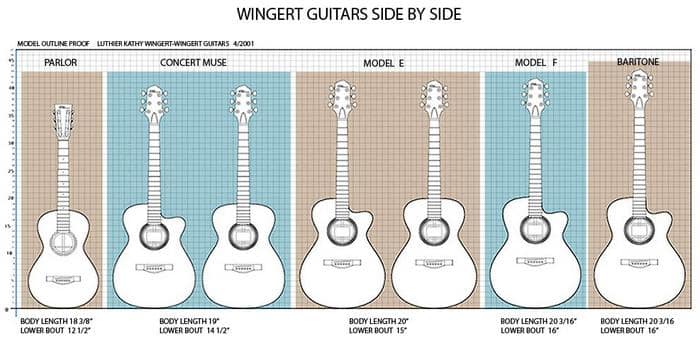
One of the most exciting moments in a musician’s life is choosing the right guitar. I remember my first time vividly, standing in a crowded music store, utterly overwhelmed by the stunning array of models before me. The sleek 6-string ones filled with cool elegance, the 12-string beauties resonating with majestic grandeur. If you’re stepping into this world for the first time, or perhaps considering a new addition to your collection, benefit from my extensive experience in choosing guitars for different levels and needs.
As I navigated through my guitar journey, I’ve had plenty of trial and error experiences. From spending hours reading numerous reviews only to end up disappointed with my purchase, to stumbling upon a hidden gem purely by accident, this journey has taught me valuable lessons. This chapter will elucidate those lessons to aid your beginner guitar selection or even help the seasoned players refine their choices.
Is there a ‘perfect’ guitar out there for you? Yes, and this chapter will guide you in finding it! Selecting the ideal guitar, whether it is a 6-string or a 12-string, involves a deep understanding of what you are looking for musically, paired with your comfort level. Identifying the precise sound, the vibe you want to create, and the technique you’re comfortable with is integral. The subtleness yet significance of these elements can either elevate your music or hinder your progress.
Yes, choosing a guitar goes beyond its aesthetic appeal or the brand name etched on its neck. It calls for an awareness of what suits your style, matches your level of expertise, and aligns with your musical aspirations. Over the years, I’ve realized that while a 12-string might be the perfect companion for one musician, creating multi-layered harmonic sounds, a 6-string might serve better for another, giving crisp clarity and versatility.
In conclusion, I invite you to approach this exciting choice with your eyes wide open. Look beyond the visible, delve into the finer nuances, and listen to what your heart as well as your hands and ears tell you. Together, let’s embark on this journey to select the right guitar, the one that truly resonates with your musical spirit.
Stay tuned, because up next, we’re jumping into provocative FAQs I’ve encountered during my career, followed by our conclusion on the 6-string vs 12-string debate. Because, remember, it’s not just about choosing a guitar, it’s about making music that’s a true reflection of you.
FAQs
What is the basic difference between a 12-string and a 6-string guitar?
Is it harder to play on a 12-string guitar than on a 6-string guitar?
What type of music is commonly associated with 12-string guitars?
Conclusion
In essence, understanding the difference between 12-string and 6-string guitars is paramount for any true music lover intent on unlocking the full potential of these magnificent instruments. Each offers a unique sound and playability experience. The richness of a 12-string guitar’s chorus effect contrasts with the melodic purity of a 6-string guitar. Indeed, while playing a 12-string guitar might be somewhat trickier due to double stringing, the resulting fuller and brighter sound may be worth the challenge for some. Conversely, a 6-string guitar, being easier to play and maintain, may suit beginners or those seeking classic guitar tones.
Are you ready to unlock the nuanced world of 12-string and 6-string guitars? Scroll on! But first, remember this: The choice between a 12-string and a 6-string guitar should ultimately align with your music goals, style preferences and playing comfort. Both can be powerful expressions of artistic creativity — neither superior, merely different.
I hope this guide has provided comprehensive insights into the delightful world of guitars. Having spent countless hours exploring both 12-string and 6-string guitars, my aim is to convey an understanding that goes beyond the mere mechanics of these instruments. Moreover, while this article captures a wealth of information, nothing beats the actual experience of holding the guitar, strumming its strings, and losing yourself in its melody. So, go ahead, pick your weapon of choice and create your symphony. Let your journey of musical expression begin.